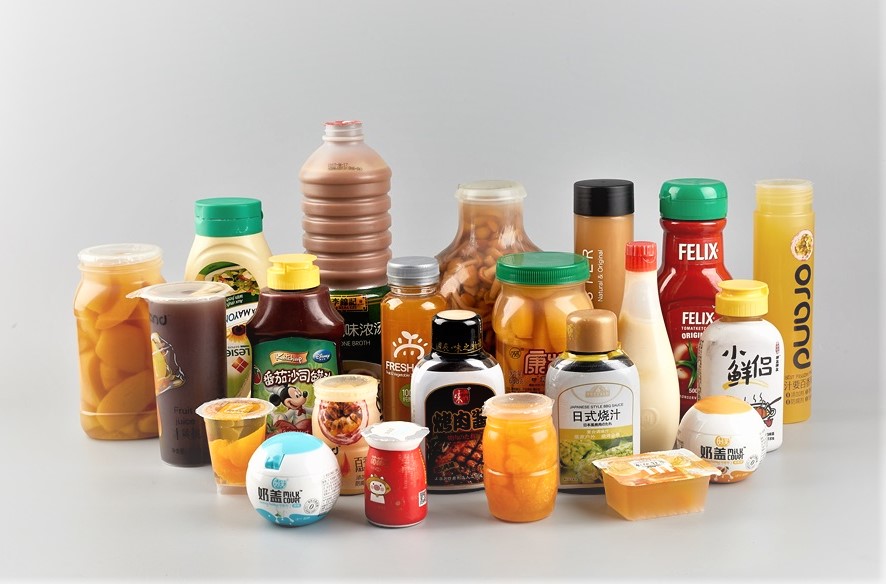As early as more than 40 years ago, high-barrier technology began to be produced. The United States has used extruded polyethylene film laminated to metal foil as a barrier packaging material in the 1950s. It also includes processing technology on metal foil substrates. Since the foil material is very thin and has good barrier properties, it was thought that a high-barrier industry had been formed at that time.
Early stage
The development history of the high-barrier industry has been more than 20 years. From the mid-1970s, many polymer groups began to put barrier film materials for packaging on the market. At that time, the processing method of this material was to use polyolefin materials as adhesives to composite similar polymer films into films with a multi-layer structure.
At the beginning of the development of the high-barrier packaging industry, consumer requirements were the first factor in market development, but cost issues were also an important factor in the development of this new material. Developers believe that keeping food as fresh as possible before it reaches consumers is the first driving force for developing new materials. The second driving force refers to optimization operations, that is, achieving the lowest cost of thin film materials. In other words, products should be sold at a reasonable and correct price. If it is just for packaging products such as ordinary potato chips, there is no need to design and manufacture a high-grade film. Developers generally believe that economics lies behind development, and creativity lies behind the market. The high-barrier lightweight flexible packaging market is a good example. In order for polymer packaging to replace metal cans, glass bottles or other rigid packaging, high barrier materials and co-extrusion technology must be used.
Meat food packaging is an early industry sector that applied barrier packaging. As high-barrier technology was developed and perfected in this sector, other food markets - products such as snacks, cheese and confectionery - began to follow suit, particularly in the new segment of prepared snack foods. Because this type of food has a low fat content, its ability to maintain its original flavor is reduced. Therefore, in order to maintain the original taste of low-fat and fat-free foods, we must turn to plastic supply plants to provide high-quality barrier film materials to obtain longer food preservation times.
Change
Looking back on the 1990s, high-barrier packaging materials have undergone two changes, namely from 1992 to 1996 to 1996 to today. In the first revolution, the four most important basic coatings of high-barrier materials were formed: nylon, PVDC, EVOH and sprayed metal film. However, social progress has made consumers have higher requirements for barrier packaging. They hope that food will be fresher and that the original taste and high quality of the product can be maintained. This has prompted material developers and researchers to seek more advanced packaging materials and Development program. From the mid-1990s to today, some composite packaging plastic films have more than 15 layers. What is particularly eye-catching is that various high-tech technologies have been continuously introduced in the development of high-barrier films, which has become barrier packaging. A major feature of the second revolution in materials.
